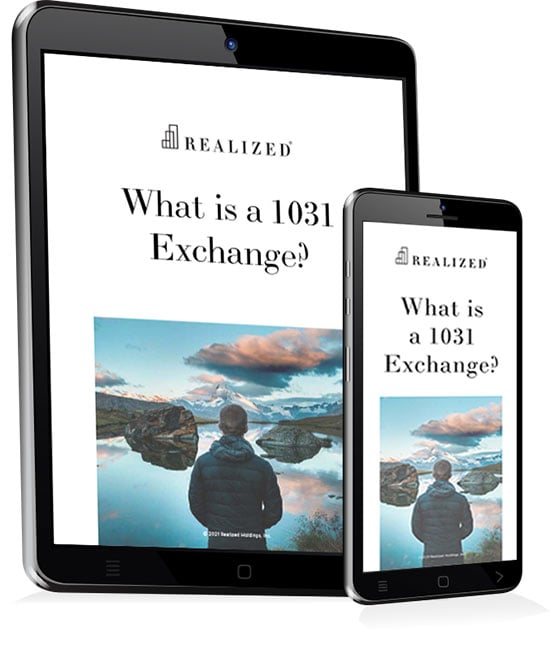
Moving quickly in a hot real estate market can mean the difference between getting a great property and a mediocre one. A 1031 exchange is a way to defer taxes on capital gains when a property is sold. However, a 1031 requires first selling your original property before you can buy the new property. That’s because a 1031 exchange uses proceeds from selling your existing property to buy the new property.
However, by utilizing a reverse exchange, investors can first buy the new property without needing to sell their original property. A 1031 exchange requires filing form 8824. Read on to understand how a reverse exchange works and if it requires form 8824.
What Is A Reverse Exchange?
A reverse exchange is possible due to IRS Revenue Procedure 2000-37, also called qualified exchange accommodation agreement or QEAA. This procedure was created in 2000 and provides safe harbor for anyone wanting to do a reverse exchange.
The first step in a reverse exchange is to put the new/replacement property under contract. This requires an entity called an exchange accommodation titleholder (EAT). The EAT is a qualified intermediary.
An agreement between the investor and EAT is created. The EAT will hold or “park” the property in a temporary LLC. The EAT is the property owner at this point for all intents and purposes.
Since the existing property hasn’t been sold, funds are required for the intermediary. These funds will come from the investor. The funds may be from investor savings/cash or financing. Investor funds are loaned to the EAT. To protect investor funds, the EAT will issue a non-recourse promissory note.
While the intermediary is holding the replacement property, the investor can still utilize it for income. This will create a specific arrangement with the intermediary. The intermediary can NNN (triple net) lease the property to the investor. The investor still collects all income on the property and is responsible for any mortgage payments and taxes.
Timelines on a reverse exchange are the same as a forward exchange. The exchange must be completed within 180 days. The clock starts once the investor sends funds for closing costs to the title company. The exchange will now act like a regular forward exchange.
Recall that the intermediary has the replacement property in an LLC. The investor sends funds for closing costs to the intermediary, starting the 180 exchange clock. The investor has 45 days to identify a replacement property. However, that property has already been identified and is sitting in the LLC.
Once the existing property is sold, the exchange becomes a forward exchange. The investor may use a different intermediary to process this exchange. Proceeds from the sale of the relinquished/original property will be used to buy the replacement/LLC property.
Form 8824 And Reverse Exchanges
In a forward 1031 exchange, form 8824 must be filed with the investor’s income taxes. In the case that more than one exchange was completed, the IRS requires form 8824 for each exchange.
The reverse exchange is still one exchange. And just like a forward exchange, it does require filing Form 8824.
This material is for general information and educational purposes only. Information is based on data gathered from what we believe are reliable sources. It is not guaranteed as to accuracy, does not purport to be complete and is not intended to be used as a primary basis for investment decisions. It should also not be construed as advice meeting the particular investment needs of any investor.
Realized does not provide tax or legal advice. This material is not a substitute for seeking the advice of a qualified professional for your individual situation.
Costs associated with a 1031 transaction may impact investor's returns and may outweigh the tax benefits. An unfavorable tax ruling may cancel deferral of capital gains and result in immediate tax liabilities.



